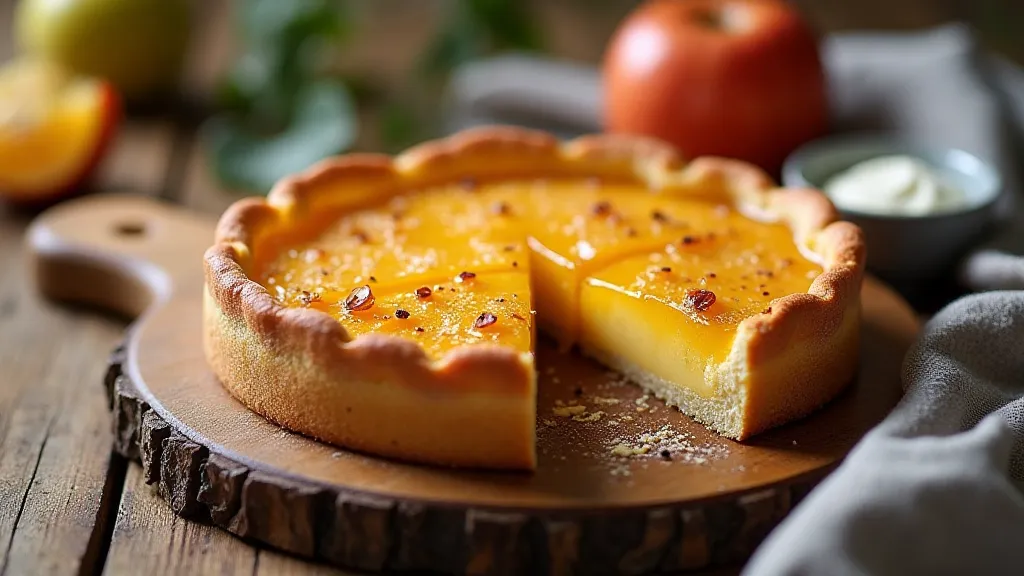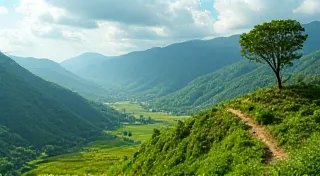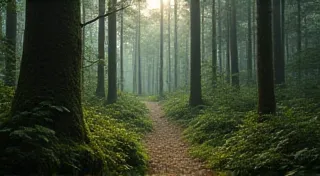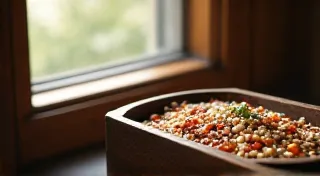The Forgotten Feast: Reimagining Fruit-Based Recipes & Culinary Traditions
There’s a particular melancholy that clings to forgotten things. Not a sadness of loss, necessarily, but a quiet reverence for what once was, for the lives lived and the traditions upheld around objects now relegated to attics, antique shops, or the dusty corners of our collective memory. I feel this most acutely with old accordions – instruments that, once the soundtrack to village dances and family celebrations, now sit silently, yearning for a touch, a breath, a song. And it’s a similar feeling that washes over me when I delve into the world of unusual fruits and the recipes built around them; a realization of feasts once enjoyed, tastes once cherished, now fading into the background noise of modern culinary trends.

Our current relationship with fruit is often transactional: convenience, standardization, and a limited selection dominate supermarket displays. We’re accustomed to apples, bananas, and oranges – perfectly uniform, readily available, and utterly predictable. But imagine a time when fruit was a direct reflection of the season, the region, and the hands that cultivated it. A time when a harvest wasn't just sustenance; it was a celebration, a communal effort, and a source of immense pride. The stories these fruits held, and the rituals surrounding their harvest, were often interwoven with folklore and local beliefs – a testament to the deep connection between people and the land, as explored in articles like "The Fruit’s Echo: Stories & Folklore from Around the World".
Beyond the Familiar: A Journey Through Forgotten Flavors
Consider the medlar. This unassuming fruit, resembling a small, misshapen apple, once held a prominent place in English orchards and kitchens. Unlike most fruits, it's not ripe when picked. Instead, it requires a process called “bletting,” where it's allowed to fall to the ground and decay slightly. The resulting fruit is intensely flavored, a complex blend of apple, pear, and rose, often used in jellies, tarts, and spiced wines. My grandmother used to make medlar jelly every autumn; the aroma would permeate the entire house, a scent of nostalgia and tradition. Now, encountering a medlar feels like unearthing a hidden treasure.
Then there’s the quince. Bright, fragrant, and beautiful, quinces are practically ornamental. Yet, they's notoriously difficult to eat raw – incredibly tart and hard. But transform them into a jam or jelly, and you’ve unlocked a world of sweet, floral, and delicately spiced flavors. Historically, quince was highly prized in medieval Europe, believed to possess medicinal properties and often served to royalty. The effort involved in preparing them – the peeling, the simmering, the careful preservation – underscores their value. It was a sign of abundance and a testament to the care that went into every aspect of life. The intricate dance between different plants in the orchard, often essential for enhanced growth and flavor, can be understood further by exploring The Cartographer’s Seed: Mapping the Forgotten Flavors of Fruit. Understanding the precise location and conditions that favor the best fruits has always been crucial to successful cultivation.
Let's not forget pawpaws, native to North America. These large, tropical-looking fruits have a unique, custard-like texture and a flavor that’s been described as a blend of banana, mango, and vanilla. Native American cultures utilized pawpaws extensively for food and medicine, and early European settlers incorporated them into their diets. Unfortunately, their perishability and susceptibility to pests led to their decline, but there’s a growing movement to revive their cultivation and reclaim their place in American cuisine. The cultivation of uncommon fruits often necessitates an artistic approach, blending practicality with an appreciation for aesthetics, much like the visionary practices explored in The Weaver’s Hand: Espalier and Orchard Sculpture. Careful pruning and shaping can not only maximize fruit production but also create stunning visual displays within the orchard.
The Craftsman's Touch: Parallels Between Fruit Growing and Instrument Restoration
The dedication required to grow unusual fruits resonates deeply with the meticulous work of an accordion restorer. Both involve a profound respect for the past, a patience born of understanding that true beauty takes time, and a willingness to embrace imperfections. Just as a forgotten variety of fruit embodies the unique terroir of a specific location, an antique accordion carries the echoes of the craftsman who built it – their skills, their tools, their artistic vision.

The accordion I recently acquired, a Hohner from the 1930s, was in a sorry state – cracked bellows, tarnished keys, and a general air of neglect. The restoration process was slow, painstaking, and often frustrating. But as I carefully repaired each component, I felt a connection to the man who had built it, imagining him in his workshop, meticulously assembling the intricate mechanism. Just as a farmer nurtures a rare apple variety, the restorer breathes new life into a neglected instrument, preserving a piece of history for future generations. The sustainability of these ancient practices and the respect for the natural world are crucial, reflecting a deeper connection – a connection often strained by modern industrial practices.
Similarly, a forgotten fruit variety tells a story – a story of adaptation, resilience, and the ingenuity of those who cultivated it. It’s a testament to the diversity of our natural heritage and the importance of preserving it. The knowledge of finding and gathering these rare and sometimes elusive fruits requires expertise and a respect for the environment, practices that should always be conducted ethically, as detailed in "The Siren’s Bloom: Wild Fruit Foraging & Ethical Harvesting." Just as the careful restoration of an accordion reveals its inherent beauty, showcasing the skill of its maker, a well-grown and thoughtfully prepared unusual fruit can unlock a world of forgotten flavors and traditions. The ethics of foraging are vitally important - understanding the impact on local ecosystems is a vital aspect of the experience.
Reimagining the Feast: Recipes for a Modern Palate
Incorporating unusual fruits into modern cuisine doesn't require slavish adherence to historical recipes. It’s about honoring the spirit of the original preparations while adapting them to contemporary tastes. Consider a medlar chutney served alongside roasted game, or a quince and ginger tart for a sophisticated dessert. Pawpaw ice cream, with its unique tropical flavor, is a surprisingly delightful treat.
The key is to embrace the inherent character of the fruit – its tartness, its texture, its aroma. Don’t try to force it to be something it’s not. Experiment with different combinations of flavors and techniques, and let the fruit guide you. Think about incorporating unusual fruits into savory dishes as well. A quince and pork stew, or a pawpaw salsa, alongside grilled fish, can be surprisingly delicious. The interplay of sweetness and acidity, the unexpected textures – these are the hallmarks of innovative cuisine, a true celebration of the fruit's intrinsic qualities.
Beyond mere recipes, there's an artistry involved, a deep understanding of the fruit's journey from orchard to table. It’s a process steeped in tradition, yet open to boundless creativity. The revival of these forgotten fruits represents more than just culinary exploration; it signifies a reconnection with our cultural roots and a renewed appreciation for the richness and diversity of our food heritage. The stories these fruits tell are intertwined with the land, the people who cultivated them, and the families who shared them – a legacy worth preserving for generations to come.
The careful harvesting, preservation, and preparation of these unusual fruits speak to a deep respect for nature's bounty and a commitment to sustainable practices. It's a reminder that food is not just sustenance; it's a cultural artifact, a source of connection, and a pathway to understanding our place in the world. The pursuit of these forgotten flavors is a journey of discovery, both for the palate and for the soul – a chance to rediscover the simple pleasures and enduring traditions that bind us to the past and inspire us for the future.






